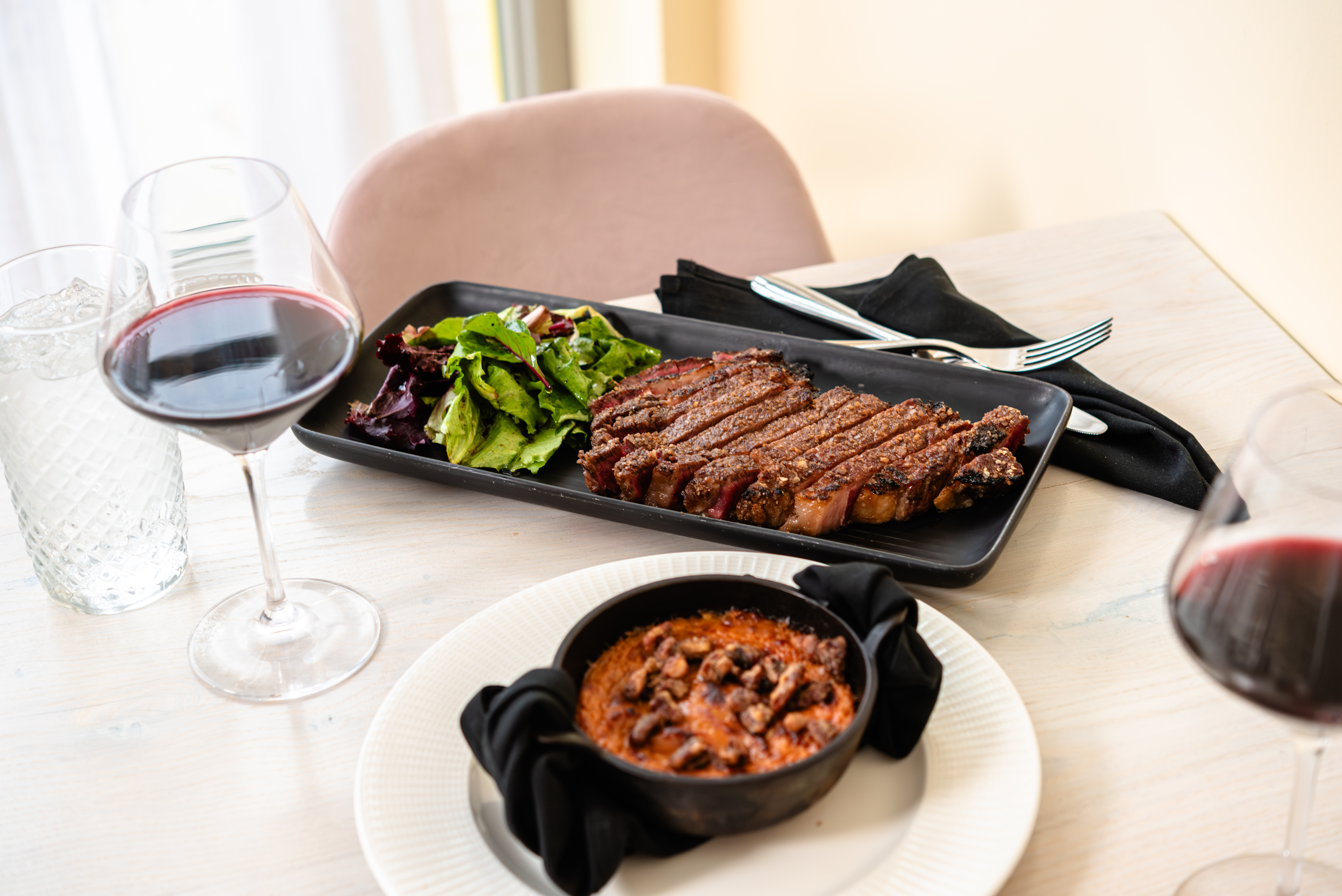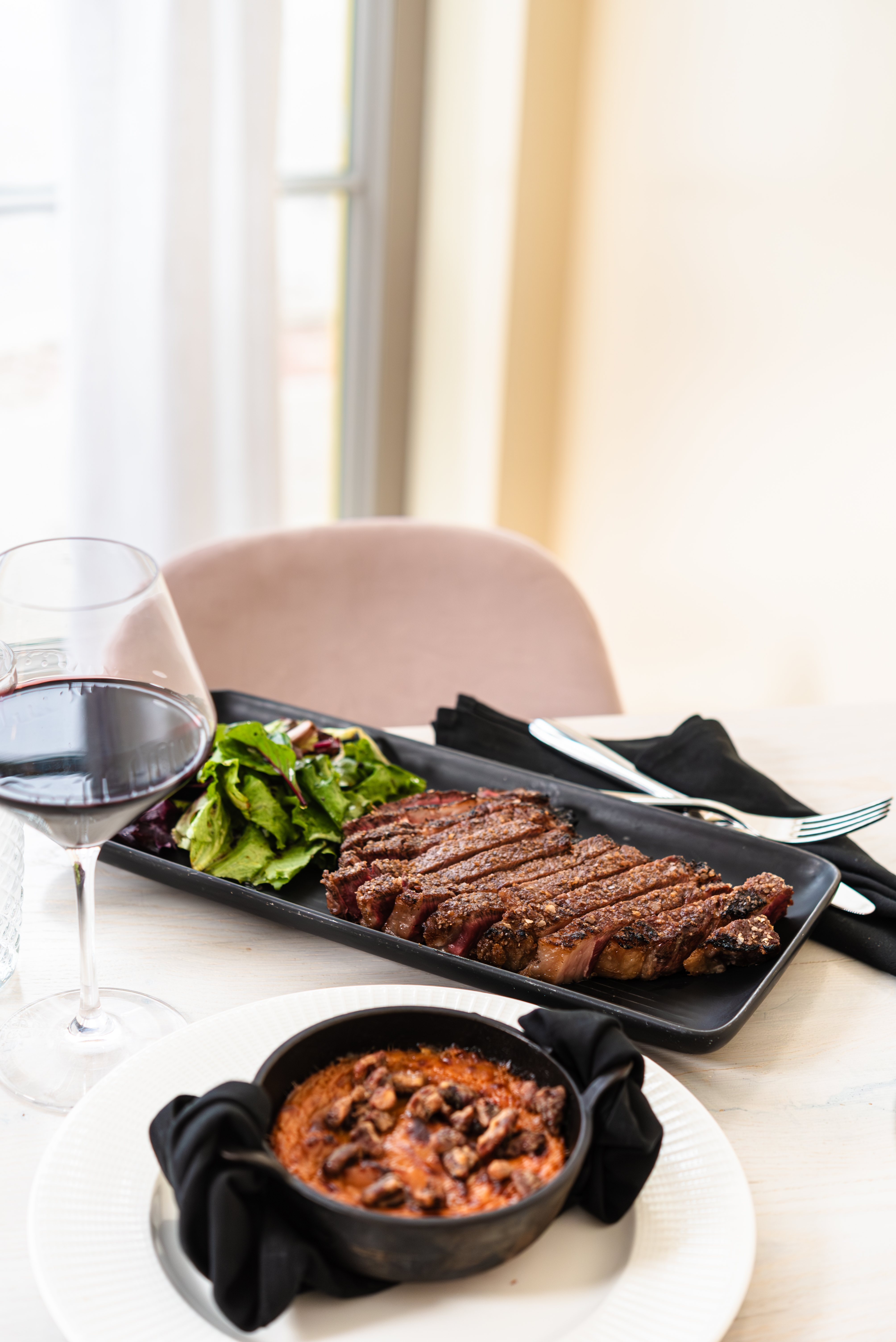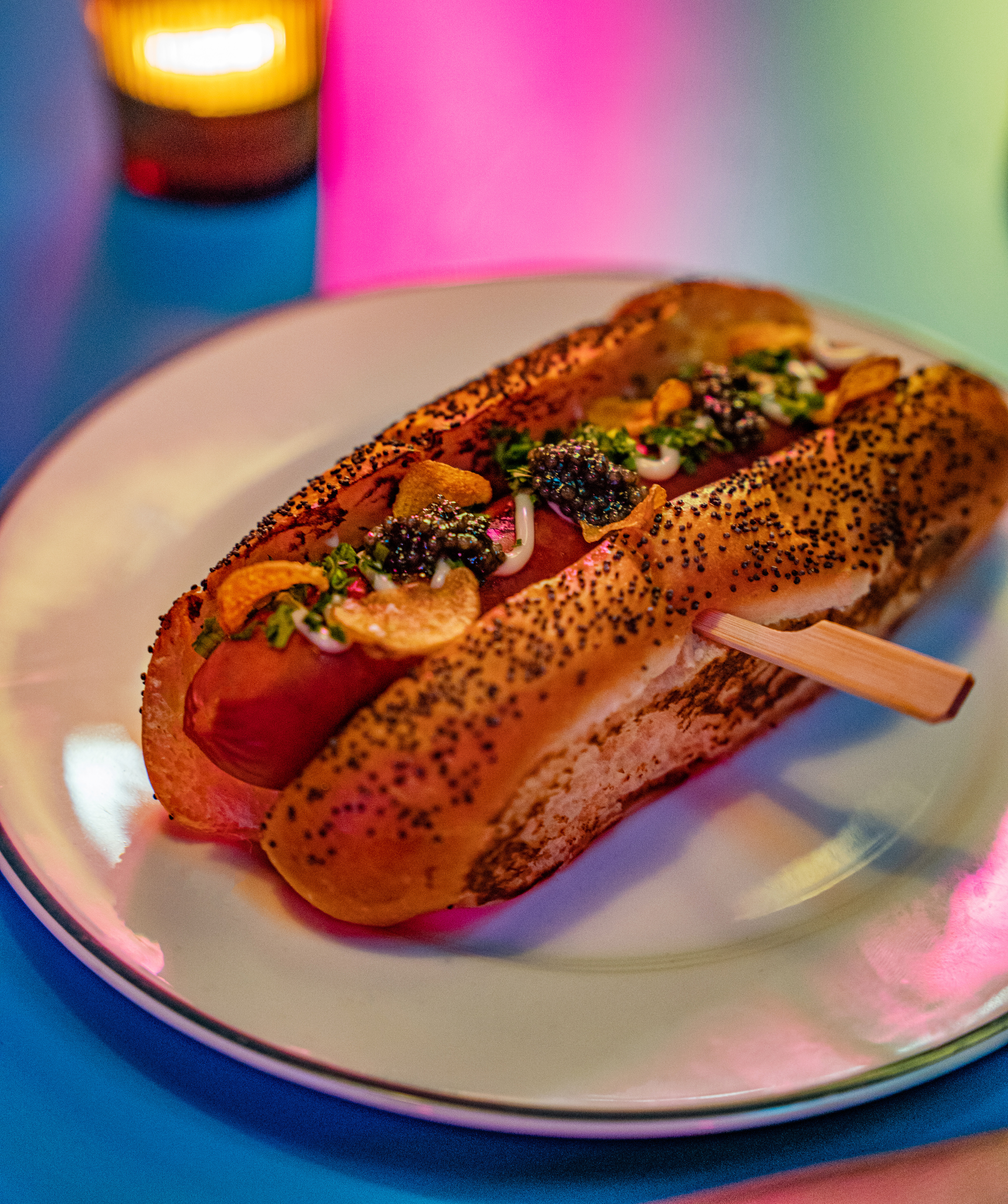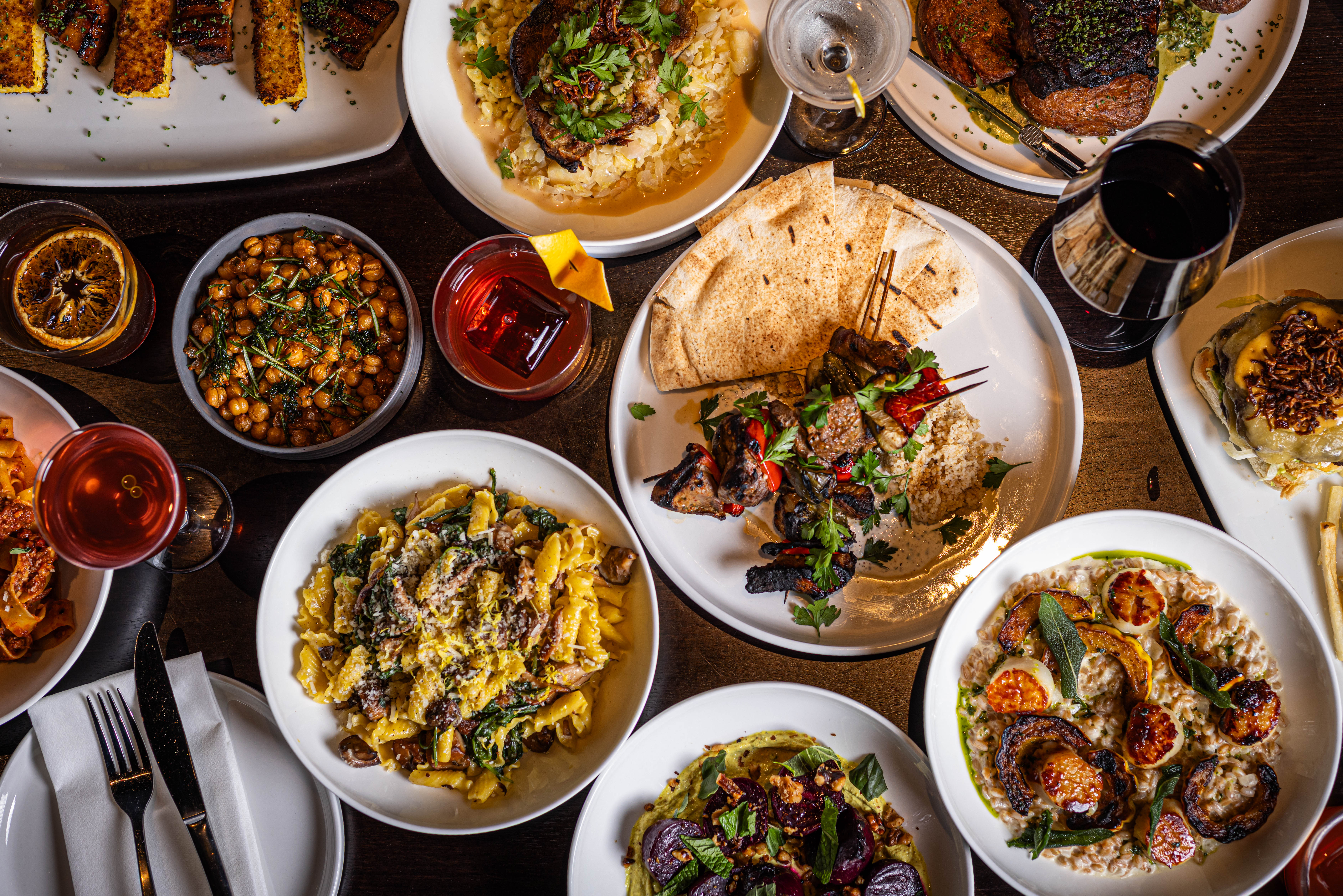4 Items To Grab Off The Dim Sum Cart
by Ruth Corradi Beach | Mar. 19, 2018 | 2:00 PM
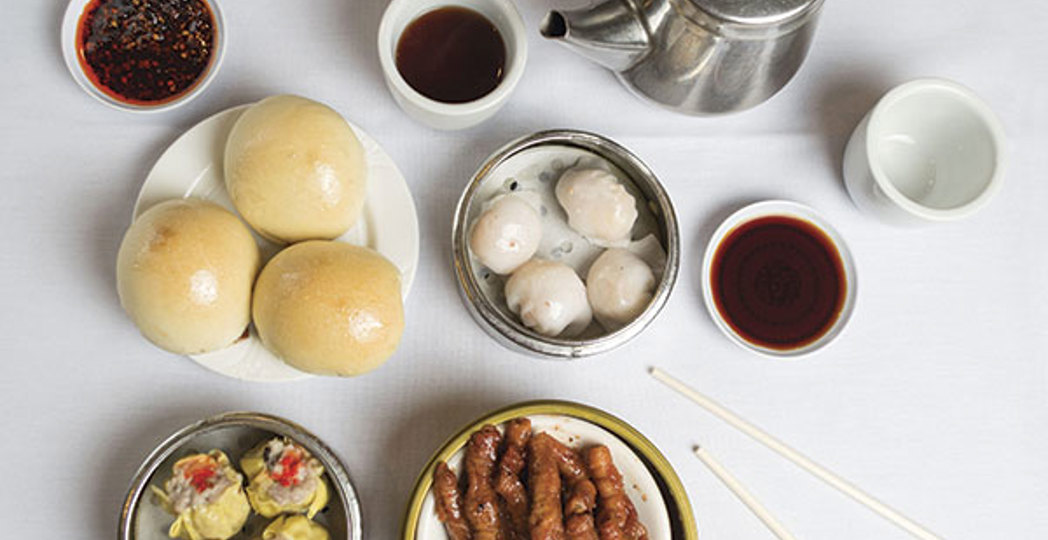
Anna Lattanzio
While dim sum can be a little intimidating for first timers, we love the mystery of it. While some have moved to dim sum menus, Bo Loong and Li Wah still serve it traditionally with covered bamboo and metal steamer dishes wheeled to your table on carts. It’s like a series of mini adventures. So sit back, relax with a pot of tea and let the food move you. “Dim sum is best with two or three people,” says Anthony Yuen, general manager of Bo Loong. “That way you’ll get a different variety.” We’ve got some tips from the experts for putting together dim sum and then some, so you’ll be ready when those carts come your way.
3 gin bough (also chaR sIU bAO): These pillowy white barbecue pork buns are sweet-on-the-outside, salty-on-the-inside. “Our fresh dough is baked every day,” says Randy Hom, operations manager at Li Wah, “then stuffed with Chinese barbecued pork mixed with hoisin barbecue sauce and coated with sweet glaze sauce.” $2.75-$3 for three
Hard gow (also har gow): Also known as crystal shrimp dumplings, these simple dumplings consist of shrimp and often bamboo shoots or diced water chestnuts, wrapped in very tender rice paper. “The skin is not rough at all [and that’s] important,” says Yuen. “A good chef will make it very tender.” $4-$4.25 for four
Sue mai (also sue my): Along with hard gow, these open-top steamed pork and shrimp dumplings are the basis for dim sum everywhere in the world. “If you’re in a restaurant and they don’t have these two, you’re not in a Chinese restaurant,” says Hom. $3.25 for four
Foon chow: Sweet-and-salty deep-fried chicken feet are eaten a bit like chicken wings — pull the meat from the bones or just suck the chicken right off. Many folks are a too-quick “no” when the lid comes off. “It’s like sushi in the ’80s and ’90s — no one tried it,” says Yuen. “Now everyone eats it.” $3-$3.25 for three or four (depending on size)
Trending
-
1
-
2
-
3
-
4
-
5





